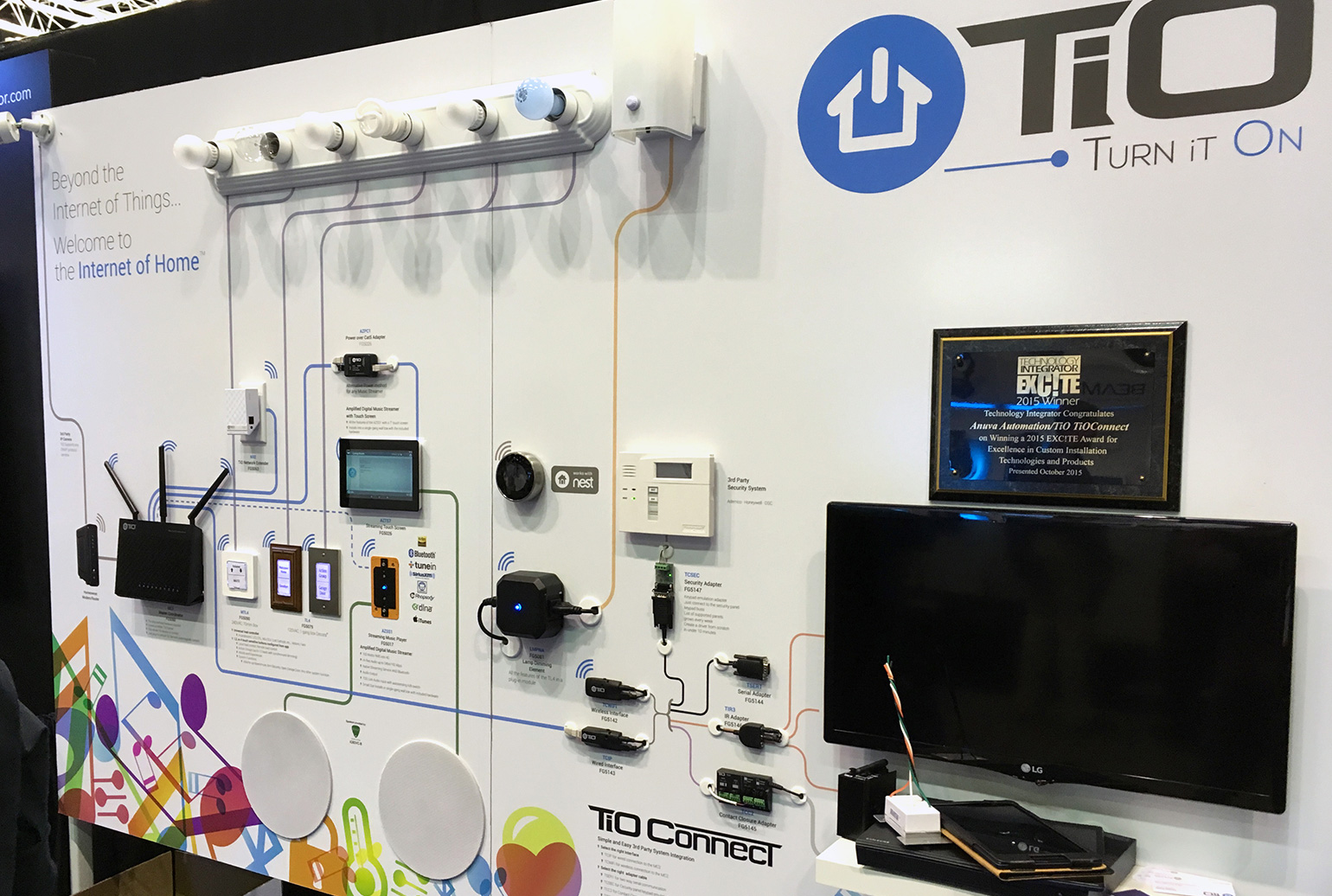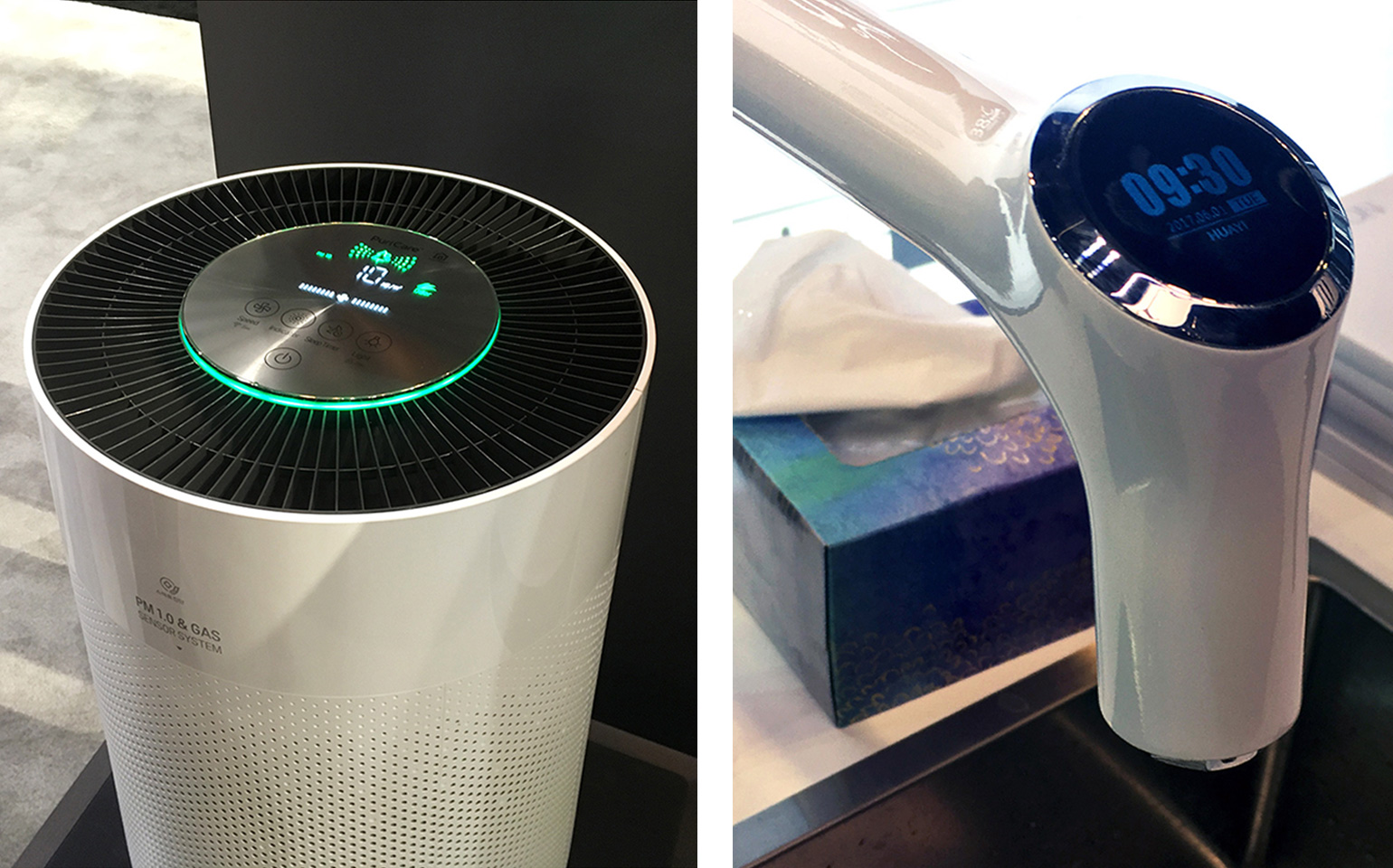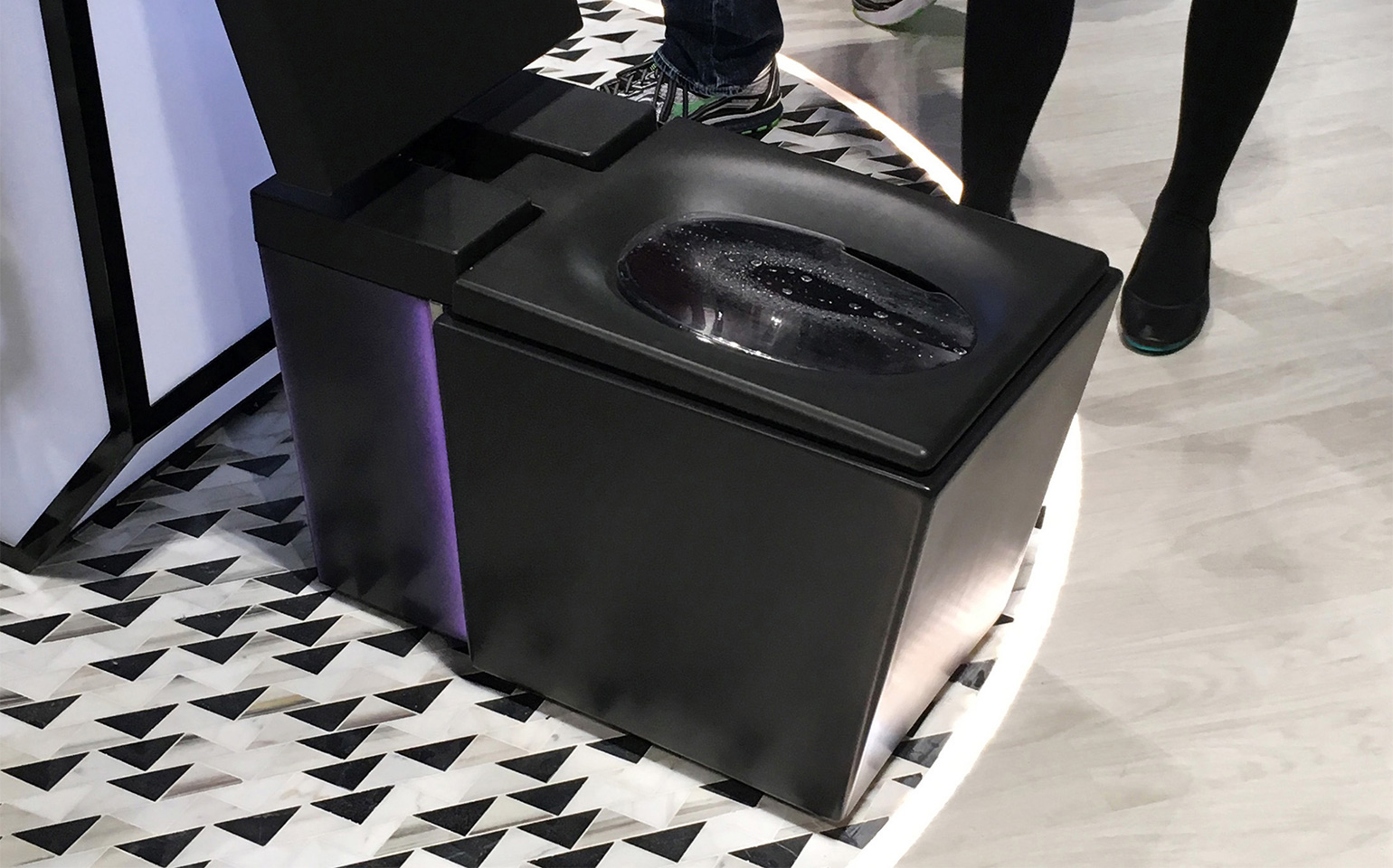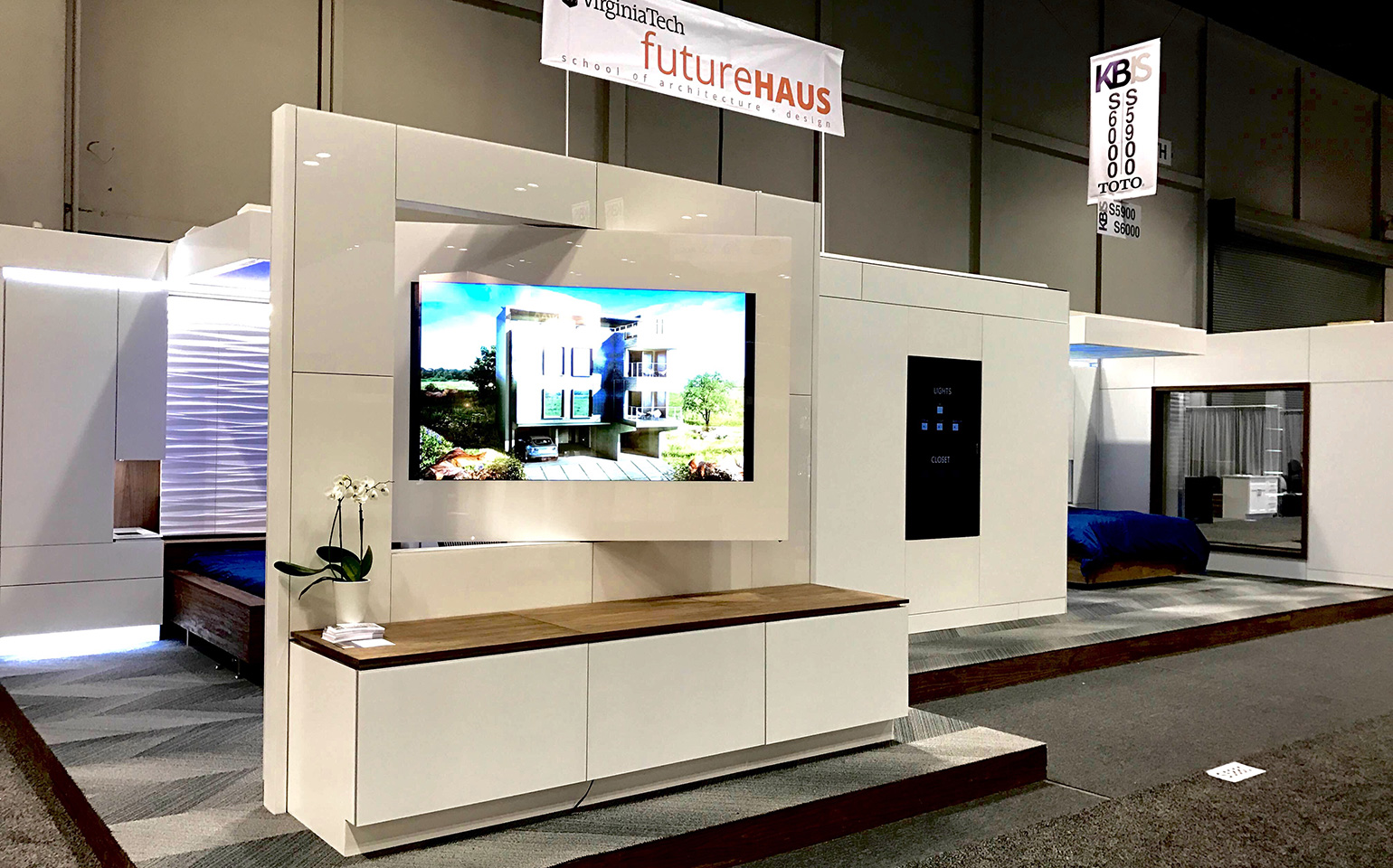The age of the smart home is upon us. Sure, it’s been a slow, messy, sometimes glitchy rollout. But in the last several years, connected home products with smart features, like remote control from your smartphone or the ability to learn and adapt to your behavior, have finally started to deliver on their promise. Consumers are now reporting more satisfaction with smart home products than similar non-smart options, according to the 2016 U.S. Houzz Smart Home Trends Study. And that’s creating rapid growth in the smart home product sector.
According to a 2015 report by Verisk Analytics, “Internet of Things” devices (largely consisting of smart home products) will outnumber PCs, tablets, and smartphones by 2018. The report forecasts that the 4-5% of North American households with connected-home products in 2015 will grow to nearly 16% by 2017. And North Americans will have 13 connected devices per home by 2019, predicts IHS Markit.
Whether they know it or not, most homeowners already have a smart home control system in their home. The biggest trend in smart home control is the proliferation of “listening devices,” and you probably already have one. Smartphones, tablets, smart watches, and more recently, smart speakers like Amazon Echo and Google Home are all set up to control the next generation of smart devices. As homeowners continue to integrate these devices into their lifestyles, they’ll look for ways to expand their smart home ecosystem.
For manufacturers, simply spicing up your spec sheet with smart features isn’t going to catapult your product into the open arms of waiting consumers. It’s worthwhile to take stock of the industry’s successes and failures, and to find out how smart products are winning their way into hearts and homes. What follows are 6 important lessons for product innovators hoping to succeed in the age of the connected home.
1. Consumers are going to approach smart home products in a modular way. Many manufacturers over the years have tried to build their own “walled garden” of connected products—a menu of smart devices, usually communicating through a central hub, only compatible with certified products. No one system has been able to connect with consumers in a broad way. And that’s because it’s asking too much of consumers to research and compare technology platforms, choose the brand that is best for you (one you hope won’t go out of business), and buy-in. Most consumers today aren’t looking to jump into the deep end on a completely automated, comprehensive smart home experience anyway. Instead, they are much more likely to add smart products a la carte to their home. Nik Fedele, President of Refresh Technologies, put it this way, “Consumers are going to approach this stuff in a modular way. They might start with a Nest thermostat, and later add a few Wemo light switches. They’ll build up their smart home over time, not all at once.”
If you want your product to be installed next, make sure it plugs effortlessly into the homeowner’s life. It needs to communicate over the network the homeowner already has (Wi-Fi), and work seamlessly with a diverse ecosystem of smart products they own or hope to own.




